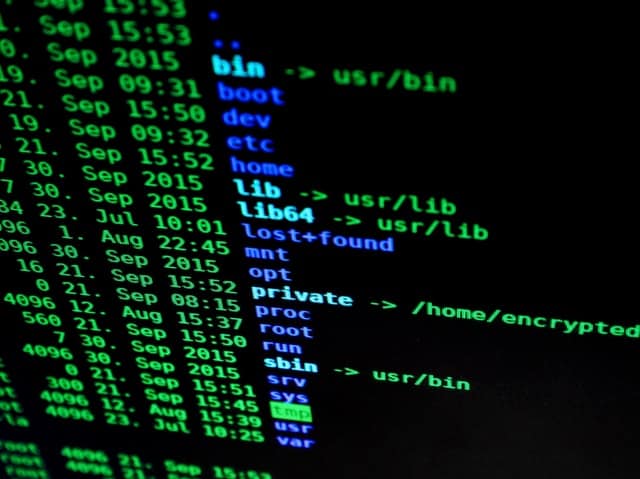Higher security protocols are essential for online business websites and social media channels. Even if you operate a small online business, it is important to protect your business data, and the data of your customers as well, across all online platforms.
In fact, 43 percent of cyber attacks are aimed at small businesses. Hackers can not only steal valuable data, but also launch viruses that destroy computer systems.
In the aftermath of the Facebook/Cambridge Analytica debacle, your online business presence needs to be protected. There is also a legal obligation with the General Data Protection Regulation (GDPR) now in place. If your online business is a victim of a cyber attack, you could be at risk for legal issues.
Unfortunately, there’s no totally secure site. Online business owners can only do their absolute best in protecting their online presence. This means being proactive. Not sure where to start?
The following can help in your efforts to amp up security for your online business.
Know What Data To Protect
The first step in tightening security for your online business is to identify what data needs to be protected. For instance, any customer data, like payment details, addresses, credit or debit card information, social accounts, emails, etc.
If a hacker gets inside your Facebook account, they can begin phishing your followers. This can expose them to malicious malware that can have negative implications for your business and your customers.
Do a triage of data, analyze what needs to be secured, and than prioritize. Online business owners should also record storage points for sensitive data, and do a security audit to identify potential risks.
Keep Payment Portals Separate
When it comes to website and social media security, losing customer transaction details to hackers is the absolute worst. Your business will most likely trend for the security breach, and you’ll lose all customer trust to purchase from your online business.
One of the most common ways hackers access customer payment details is through employee accounts. Many skilled hackers can enter into your online system into an employee computer and access vital data remotely.
“Sharing information throughout the organization with employees who really don’t need to use it increases the risk of the data being breached,” Ashish Tandon of Entrepreneur said.
How do you mitigate transaction and customer purchase data leaks? By keeping your payment portal separate from your website. If a hacker needs to crack into a more sophisticated site, they will probably move on to a less secure online business.
Whether your customer lands on your site to make a purchase, or is directed to pay via a social link, make sure they are paying on a trusted payment portal, like PayPal for example.
Ensure Your Network Firewall is Effective
The network firewall of your online business is one of your most important security assets. With an effective firewall in place, hackers will have a difficult time inserting malware into your system.
“A firewall sits ‘in front’ of your site, monitoring its traffic and blocking many common threats, such as malware. This makes it an indispensable layer in any site’s security,” explained Ellice Soliven of DreamHost, a global VPS hosting provider.
For instance, if your online business is under attack by a cyber criminal, your firewall will notice large amounts of data being injected or pulled from your network. If unauthorized, the firewall will shut it down, protecting business and customer data.
Schedule Username and Password Changes
Scheduling regular username and password changes can decrease cyber security risks for your online business. Changing social media passwords is also essential.
This keeps social media hackers on their toes, and keeps your business and social followers safe. Sadly, many small online businesses overlook this essential step in providing a secure, safe environment for their audience.
“You need an effective password policy to prevent passwords from being guessed or cracked,” TechRepublic pointed out. “Even so, there are some organizations that do not take password security seriously.”
Online businesses should aim to change site and social account usernames and passwords every 60 days to 90 days. You can also secure your online passwords using platforms, like LastPass as well.

Deploy Security Protocol Training
You could have the most secure site and social network ever, with all the above security protocols in place, but without your team practicing them, it doesn’t matter. This is a common issue online businesses run into, accounting for around 66 percent of data breaches.
“Your people are your assets, and you need to invest in them continually,” Wesley Simpson, COO of (ISC)2 told TechRepublic. “If you don’t get your people patched continually, you’re always going to have vulnerabilities.”
For example, online businesses often have a handful of outsourced writers, developers, social media managers, etc., and there is no telling what they are clicking on while logged into the business network.
By training and empowering your team to be more security-conscious, you can keep your online business safe from cyber attacks and malware. This includes malware training for social media as well.
How Secure is Your Business’ Online Presence?
Online business owners need to be proactive in protecting company and customer data. The new GDPR guidelines and the Facebook user data leak are exceptional calls to action. Make site and social media security a priority and keep your business thriving for years to come. What security protocols do you use for your online business?




